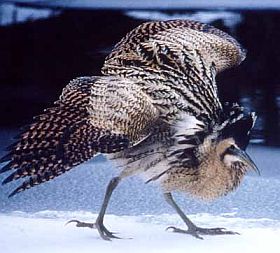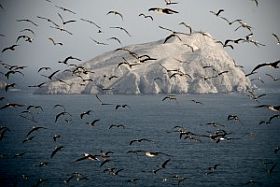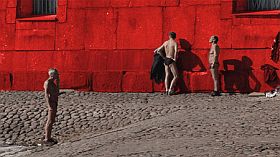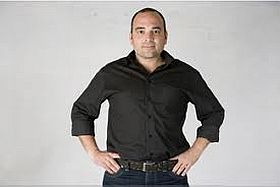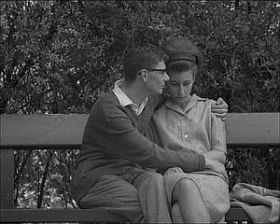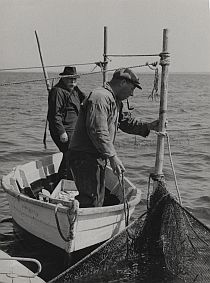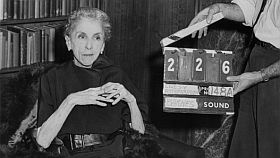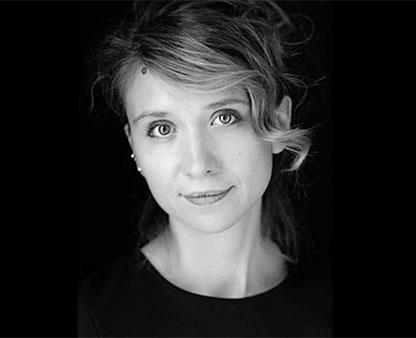
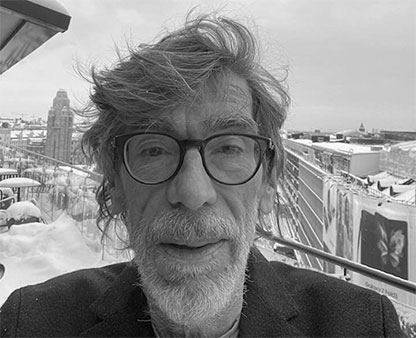
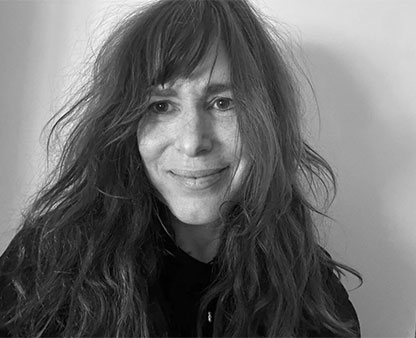
DK4 sender programmer med dokumentarister
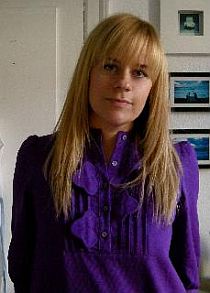
Den kommende tid sender DK4 en række programmer med dokumentarfilminstruktører. Og det er jo godt nok, bare de så også sender deres film. Man må gå ud fra, det er dem, det handler om.
Det første program med Nicole N. Horanyi sendes i aften, 27. december 19:30. Hun har selv lavet Mr. P (2007) og The DeVilles (2009), serien Fodboldpigerne 1-6 (2009) sammen med Malene Rykær. De to sidste titler kan ses på Filmstriben.
Det andet program med Sami Saif sendes 30. december 15:15. Han har lavet The Video Diary of Ricardo Lopez (2000), Family (2001) sammen med Phie Ambo, Dogville Confessions (2003), Awaiting (2006), Mit Danmark (2006), Roskilde (2008) sammen med Ulrik Wivel, Paradis (2008) sammen med Jens Loftager og Erlend E. Mo, Tommy (2010).
De andre programmer er endnu ikke programsat, men de vil efter planen blive sendt i løbet af januar 2011. Det kommer til at handle om Kasper Torsting, Michael Noer, Jesper Ravn, Mikala Krogh og Andreas Møl Dalsgaard hedder det i meddelelsen. Jeg håber og tror, at det er om deres film, det kommer til at dreje sig.
Senere: Så så jeg det første program. Det var lidt kortfattet, må jeg sige. Men Nicole Nielsen Horanyi er værd at lytte til, dog burde hun være hjulpet ud af det ligegyldige filmskolesnak og bragt til at tale konkret om konkrete film, vel at mærke de tre, som hun, forstår jeg, sætter højt. Hun skal bestemt ikke tale om sine egne, som hun så gribende forkert gik i gang med at forklare og forsvare. Den opgave klarer de selv, og de film er ikke længere hendes, men vores. Men en lang, lang tv-samtale mellem hende og tilrettelæggeren Steffen Moestrup om de tre forbilleder kunne bestemt have holdt mig fanget.
Moestrup har trods dette al mulig ære af sit projekt med at pege på en række vigtige filmfolk og deres værker. Han skal have tak, faktisk. Jeg glæder mig til de øvrige. En lille vigtig ting mere, han og fotografen måske lige skulle snakke sammen om, er overvejelsen af, om de laver tv eller film. Jeg tror faktisk, at tv om film er tv. Gerne med studieværten markant til stede. Det er en stolt tradition. Og trygt. Også for den medvirkende.
Foto: Nicole Nielsen Horanyi
